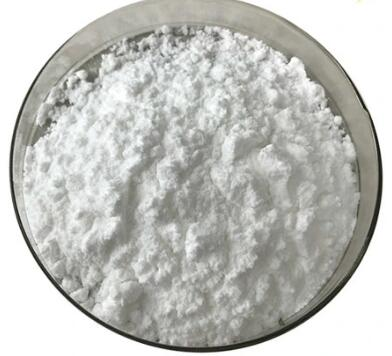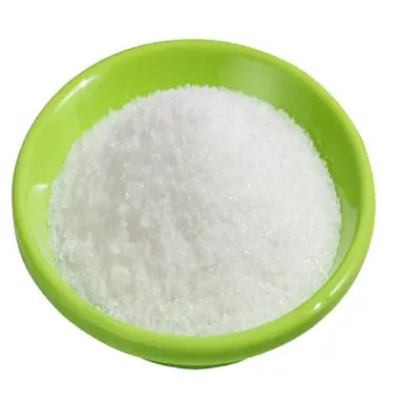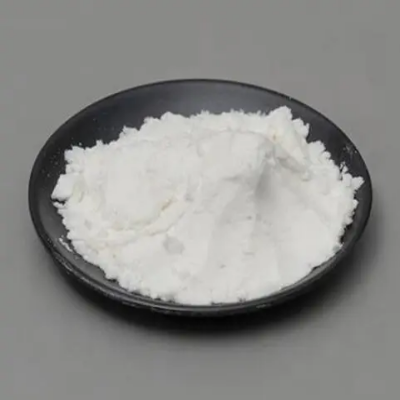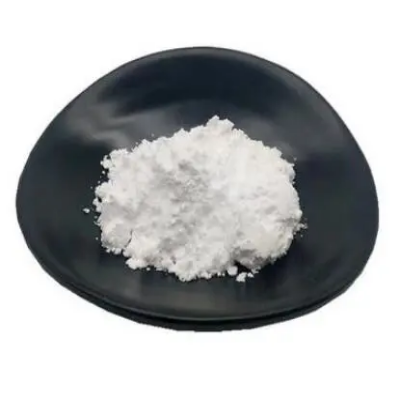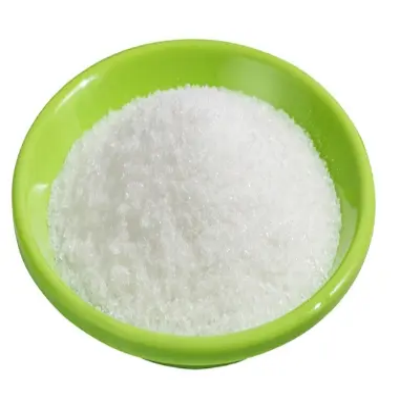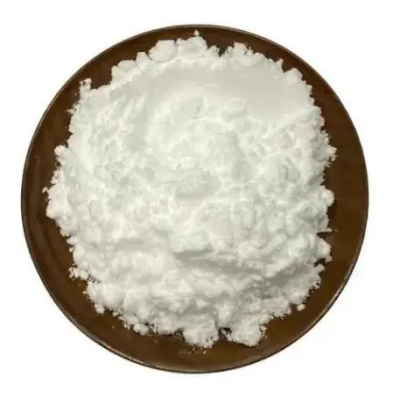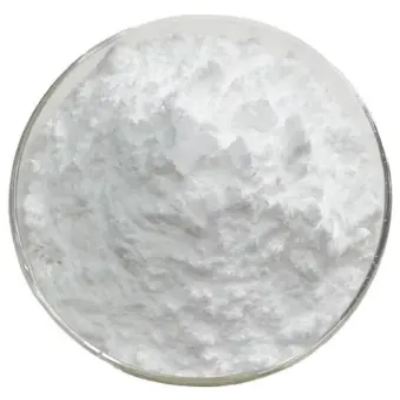Lysostaphin CAS:9011-93-2 Manufacturer Price
Antimicrobial activity: Lysostaphin is highly effective against Staphylococcus aureus, including drug-resistant strains like Methicillin-resistant Staphylococcus aureus (MRSA). It breaks down the bacterial cell wall, leading to bacterial cell lysis and death.
Treatment of S. aureus infections: Lysostaphin has shown therapeutic potential for treating S. aureus infections, particularly those that are antibiotic-resistant. It can be used alone or in combination with other antibiotics to enhance their efficacy against S. aureus strains.
Prevention of S. aureus colonization: Lysostaphin can also be used to prevent the colonization of S. aureus in various settings. For example, it has been explored as a nasal spray to reduce the nasal carriage of S. aureus, which can lead to recurrent infections or transmission to others.
Research tool: Lysostaphin is widely used in research as a tool to study the cell wall structure and biology of S. aureus. It helps in understanding the mechanisms of bacterial cell wall synthesis and possible targets for antimicrobial interventions.
Potential in biofilm disruption: S. aureus is known to form biofilms, which are communities of bacteria encased in a matrix and highly resistant to antibiotics. Lysostaphin has shown potential in disrupting these biofilms, making it a possible strategy for treating biofilm-associated infections.
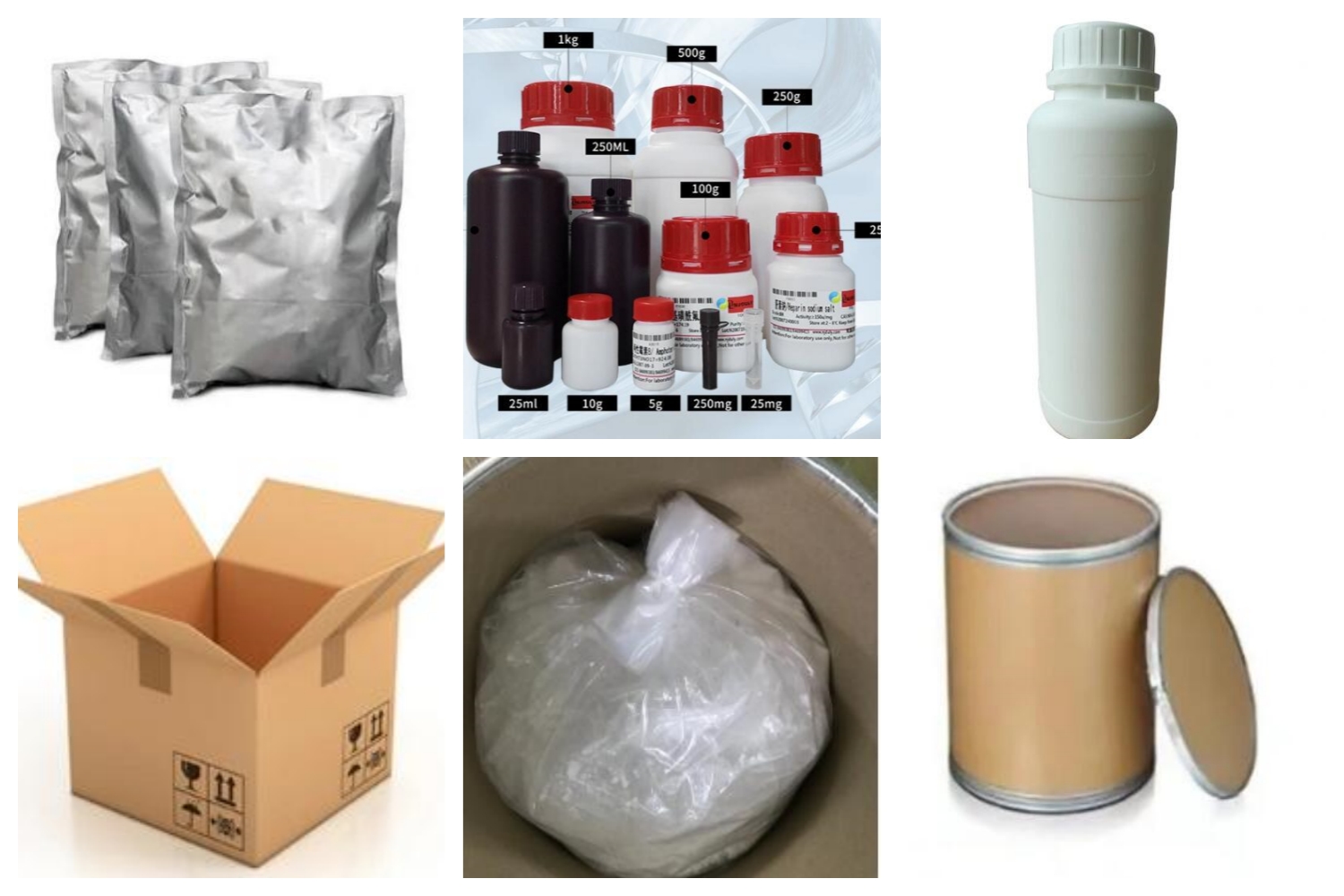
| Composition | N.A. |
| Assay | 99% |
| Appearance | White powder |
| CAS No. | 9011-93-2 |
| Packing | Small and bulk |
| Shelf Life | 2 years |
| Storage | Store in cool and dry area |
| Certification | ISO. |


